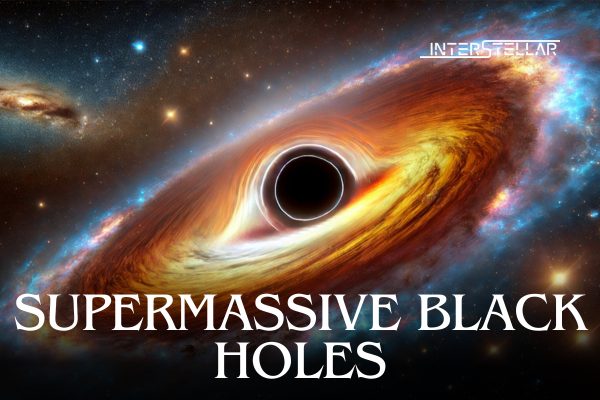Supermassive Black Holes Challenge Theories of Early Universe Formation
At the heart of the Milky Way lies Sagittarius A*, a supermassive black hole with a mass about four million times greater than our sun. This powerful object, like those at the centre of most galaxies, grows by consuming nearby material. However, recent findings from NASA’s James Webb Space Telescope (JWST) suggest that these black holes existed far earlier than previously thought, raising new questions about their rapid growth.
The Surprising Discovery of Early Supermassive Black Holes
Since its launch in 2022, the JWST has revealed supermassive black holes in the early universe—appearing sooner than expected. These observations are challenging astronomers’ models, as it was assumed black holes would need more time to accumulate such mass. One particularly striking find is a black hole named LID-568, which formed when the universe was just 11% of its current age, or about 1.5 billion years after the Big Bang.
LID-568 is around ten million times the mass of the sun, over twice the size of Sagittarius A*. Observations show that this black hole consumed material at a remarkable pace, surpassing theoretical limits.
Defying Growth Limits: The Eddington Limit
Black holes grow by accretion, pulling in gas, dust, and other objects drawn by their intense gravitational force. In doing so, they emit intense radiation. The Eddington limit defines the maximum rate at which a black hole can consume matter before the radiation it emits counteracts the gravitational pull. LID-568, however, is defying this limit, accreting material at more than 40 times the hypothesised maximum rate.
“This is a theoretical limit that balances gravity and outward radiation,” explained Julia Scharwächter, a study co-author from the Gemini Observatory and NOIRLab. The extraordinary growth rate of LID-568 suggests that early black holes may have evolved differently, experiencing episodes of accelerated growth.
How Did Early Black Holes Form?
Two theories exist for the origin of early supermassive black holes. One possibility is that they formed after the explosive deaths of the first stars, while another theory suggests they arose from massive clouds of gas in the early universe. The discovery of LID-568, according to study lead Hyewon Suh, indicates that black holes may have experienced single, rapid-growth episodes, helping explain their immense early size.
Suh noted that these findings are a significant step in understanding early black hole development, as direct observations of rapid growth in primordial black holes have been limited.
Next Steps: Observing High-Energy Emissions
Black holes like LID-568 emit X-rays as they consume material, heating it to extreme temperatures. These emissions were first detected by NASA’s Chandra X-ray Observatory, with Webb’s infrared capabilities allowing a closer study of LID-568’s growth.
The JWST observations hint at mechanisms allowing black holes to exceed growth limits, though the exact processes remain unknown. “LID-568’s rapid growth and existence in the early universe make it an extraordinary find,” Suh commented, underscoring the need for additional research. To answer these questions, Suh and her team plan to conduct follow-up studies with JWST.





